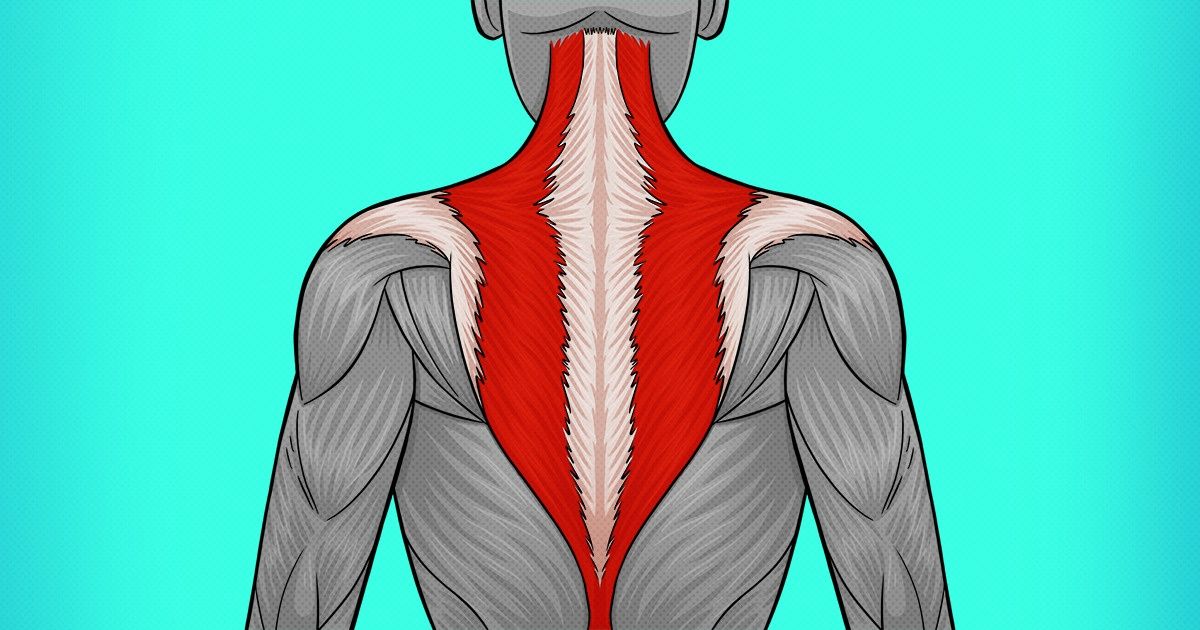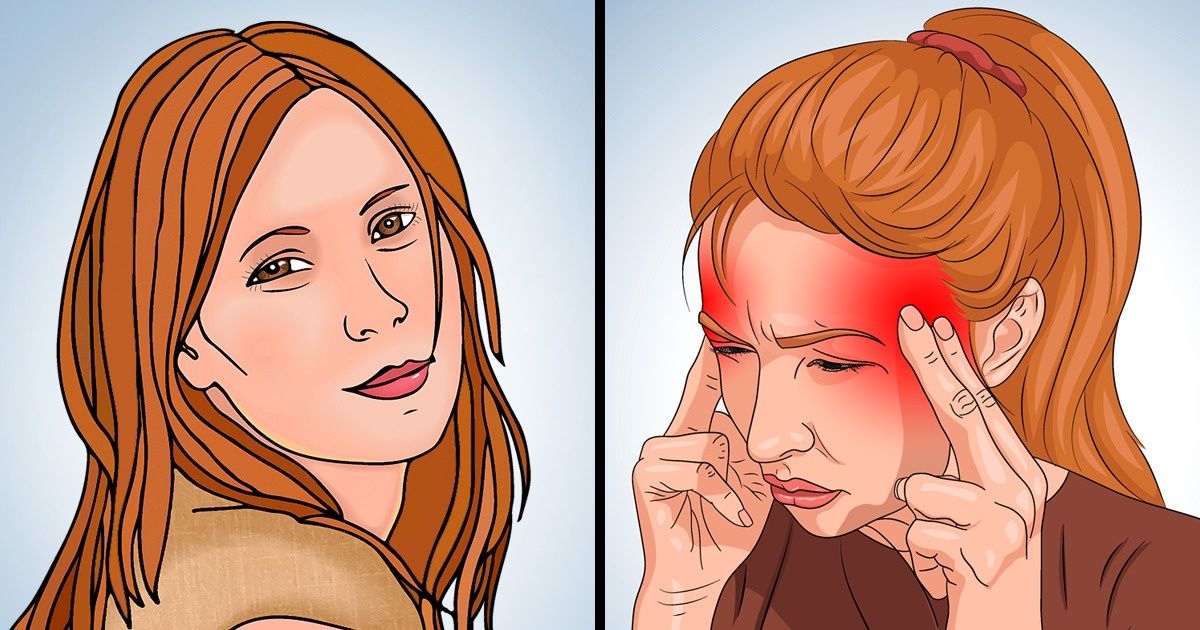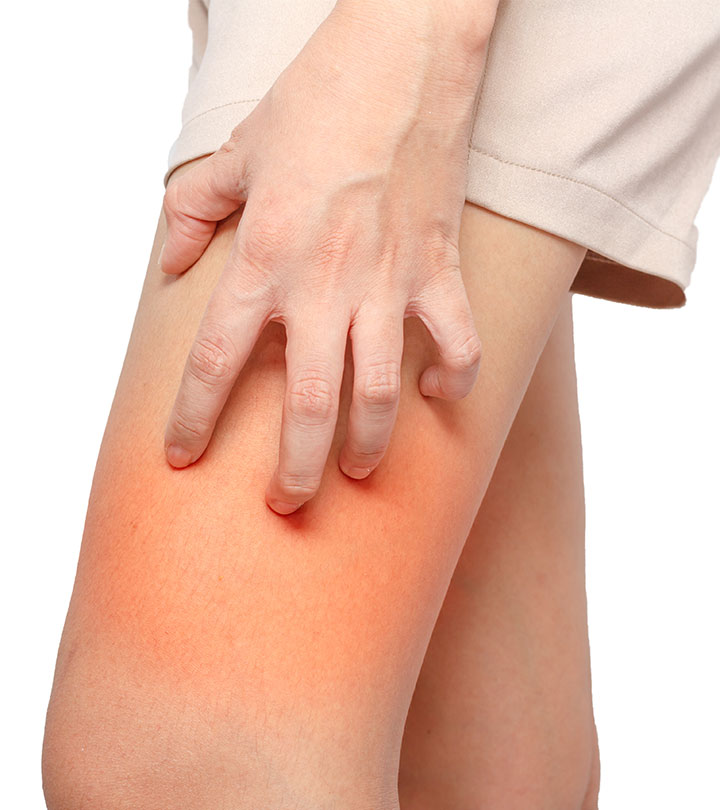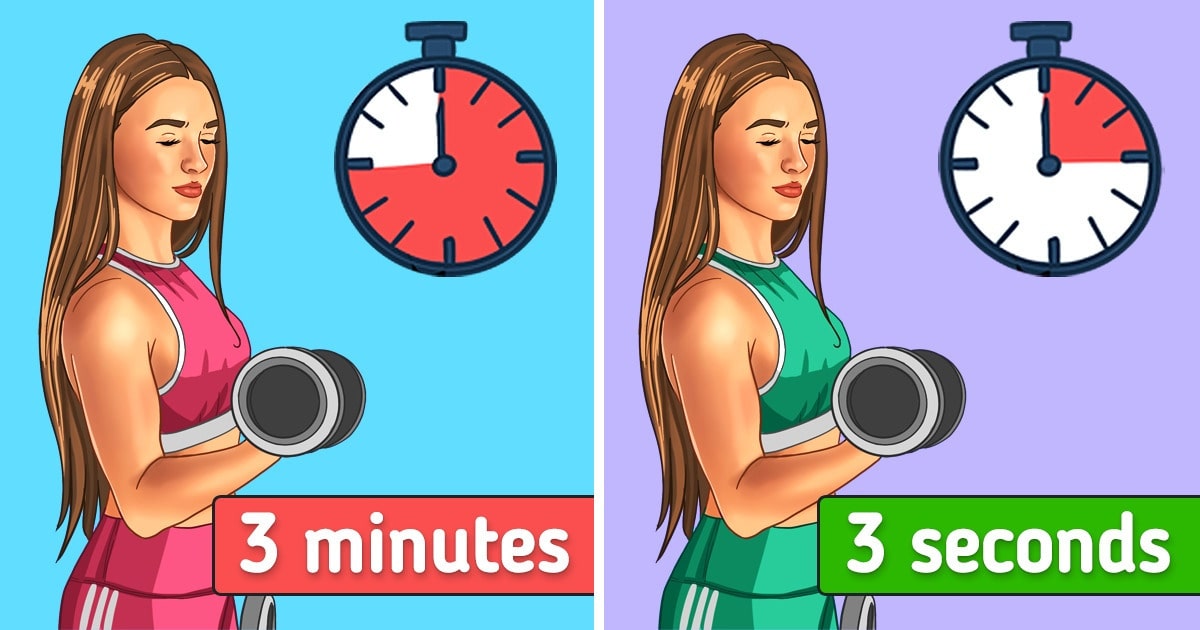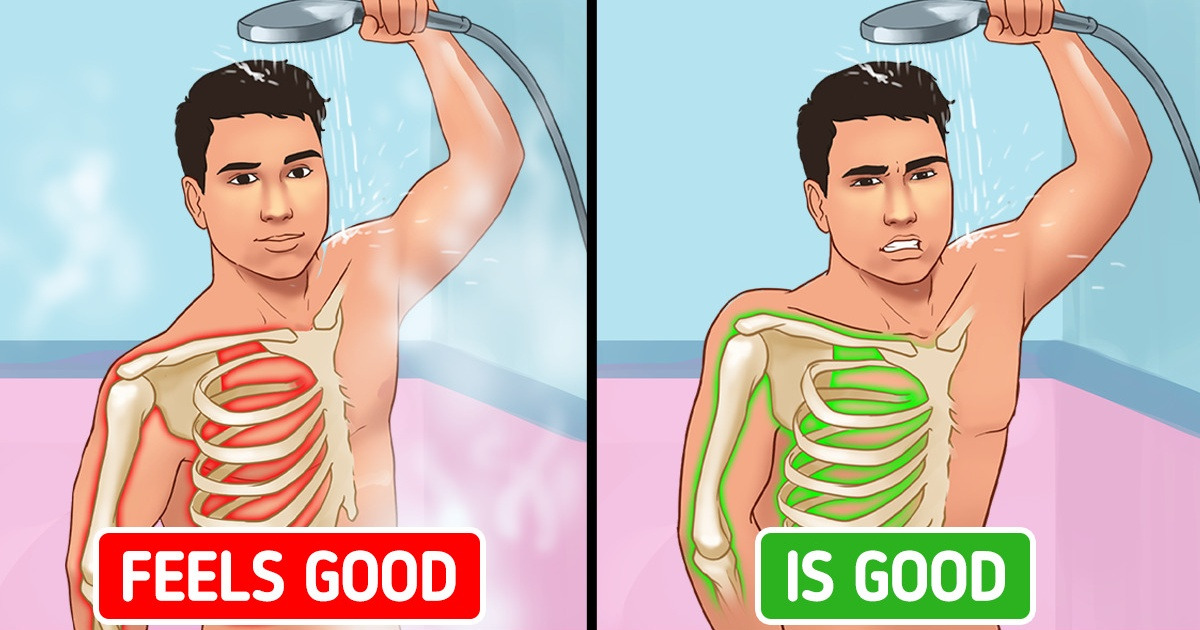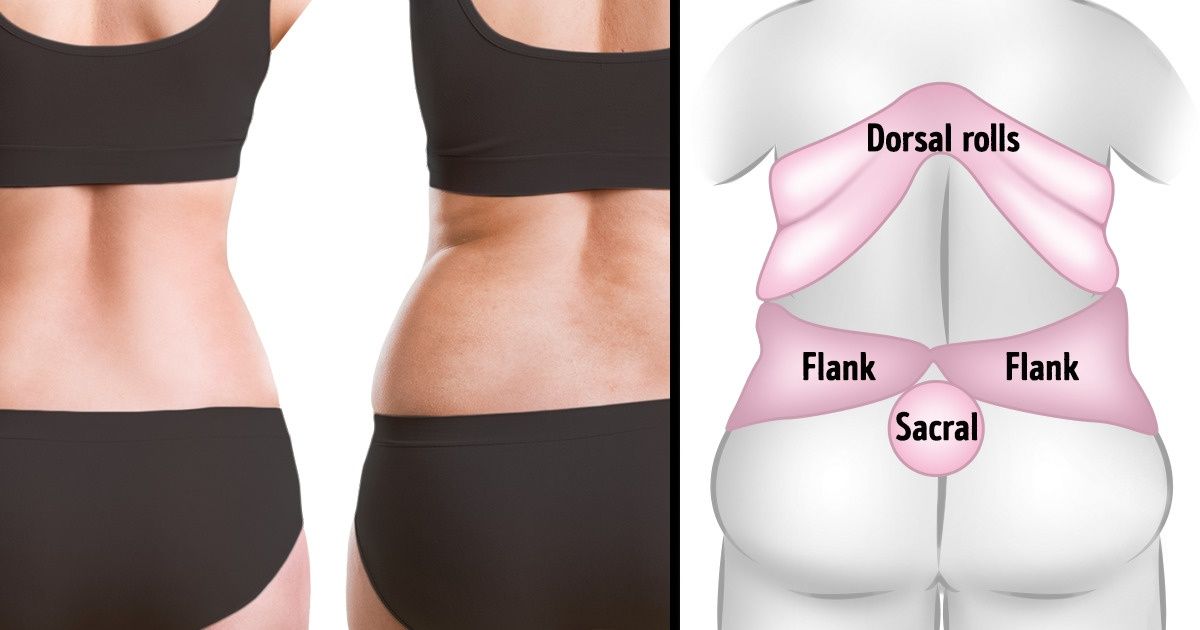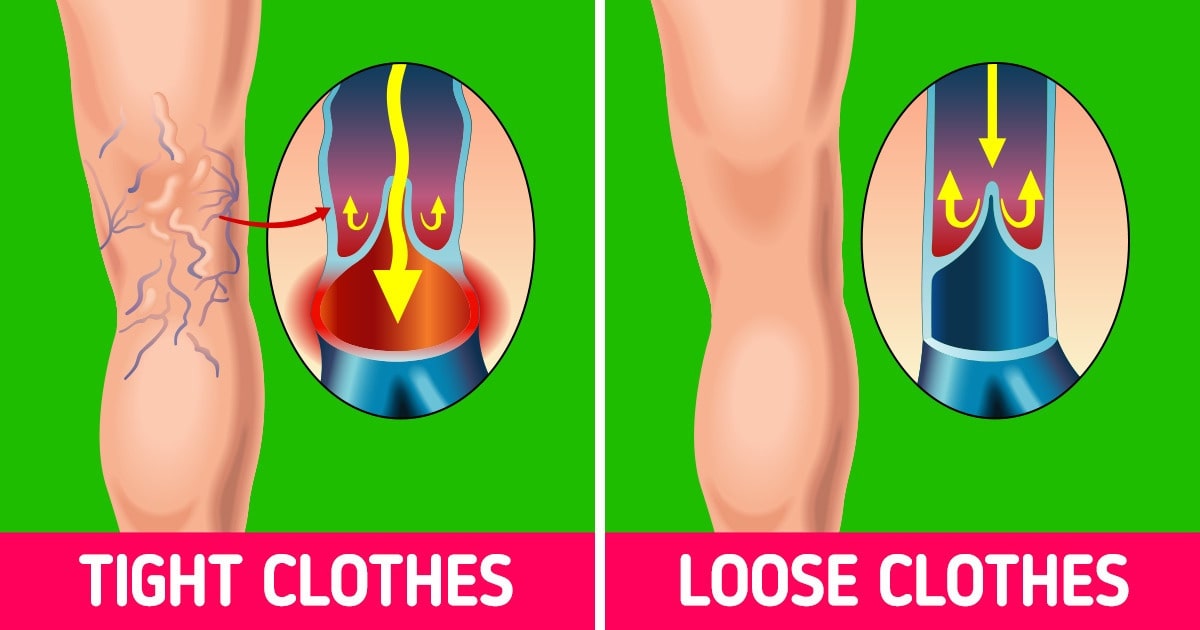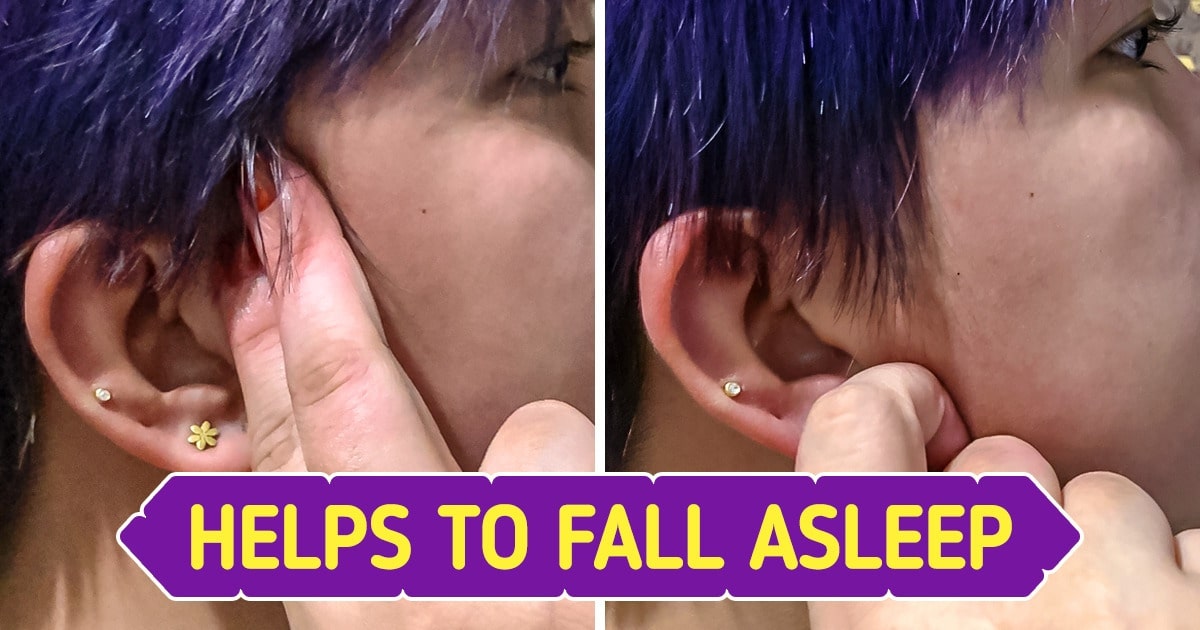Aching feet can be a daily challenge, affecting your mobility, productivity, and overall quality of life. Whether it’s due to prolonged standing, intense workouts, or everyday stress, foot pain can impact every aspect of your day. The good news is that there are natural, at-home remedies to ease discomfort and promote healing. In this comprehensive guide, we unveil 14 exercises and self-care tips designed to soothe aching feet.
This article covers everything from targeted exercises to relieve pain in your arches, ball, heel, toe, and ankles to practical self-care strategies that enhance overall foot health. Let’s walk through proven techniques and expert advice that can help you reclaim your day without the distraction of sore feet.
Understanding Common Foot Pain Areas
Before diving into exercises and self-care tips, it’s important to understand where and why you might experience foot pain. The foot is a complex structure with 26 bones, numerous muscles, and tendons that work together. Common areas of discomfort include:
Arches: Pain may result from plantar fasciitis, overpronation, or flat feet.
Ball of the Foot: Often affected by metatarsalgia or excessive pressure.
Heel: Heel pain can be due to conditions like plantar fasciitis or heel spurs.
Toe: Conditions such as bunions, hammertoes, or arthritis may cause discomfort.
Ankle: Joint stiffness or ligament issues can lead to ankle pain.
Understanding these areas helps you target the appropriate exercises and self-care tips to address specific issues effectively.
Foot Pain in Arches: Targeted Exercises and Self-Care Tips
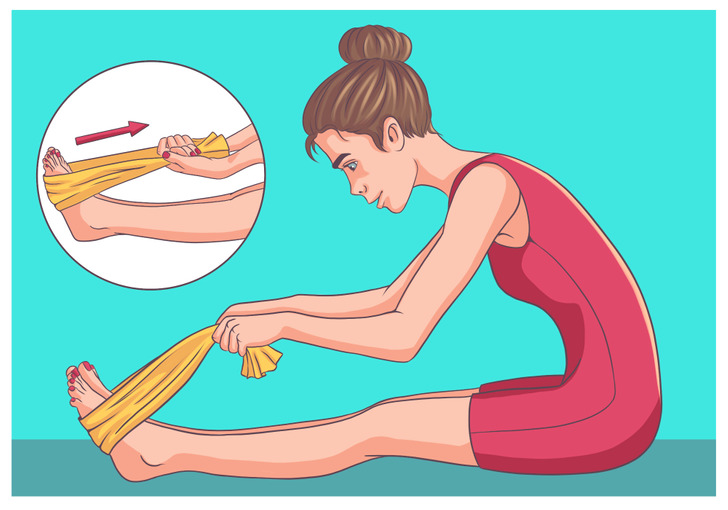
For many people, arch pain is a common complaint, often stemming from plantar fasciitis or flat feet. Strengthening and stretching the arch muscles can provide significant relief.
Exercises for Arch Pain Relief
Towel Curls:
Sit in a chair, place a towel on the floor, and use your toes to scrunch the towel toward you. This exercise helps strengthen the intrinsic muscles of the foot, which support the arch.
Marble Pickup:
Scatter a few marbles on the floor and pick them up using your toes. This activity not only improves dexterity but also strengthens the arch muscles.
Self-Care Tips for Arch Pain
Stretching:
Regularly stretching the plantar fascia (the band of tissue on the bottom of the foot) can alleviate tension and promote healing. For more on plantar fasciitis, visit Mayo Clinic’s guide.
Supportive Insoles:
Investing in orthotic insoles can help distribute pressure evenly across the foot and reduce arch pain.
3. Relieving Ball of the Foot Pain: Exercises and Practical Advice
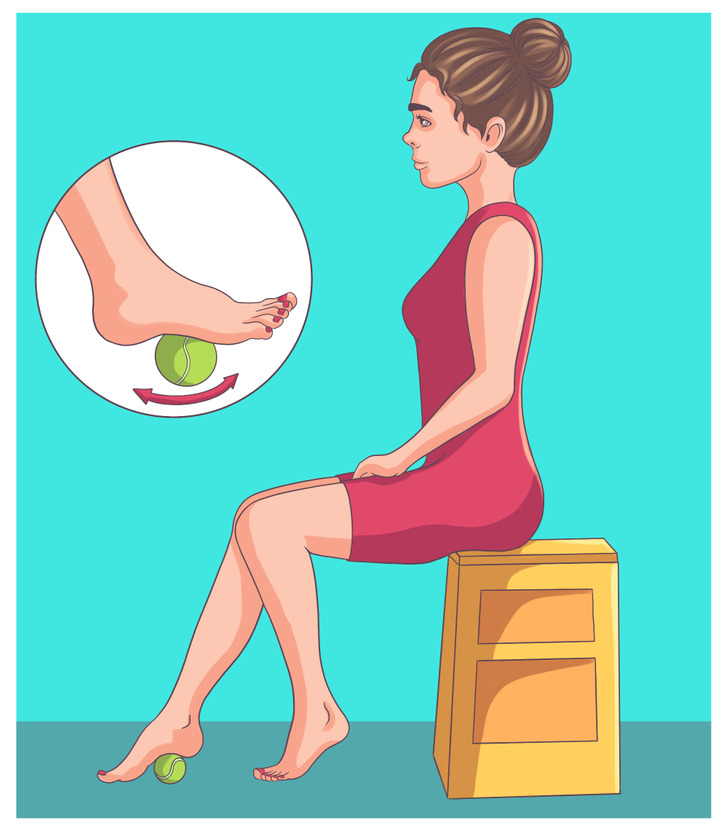
The ball of the foot, or metatarsal region, bears a significant amount of pressure during walking and running. When this area becomes painful, it can be a sign of metatarsalgia or excessive stress.
Effective Exercises for Ball Pain
- Ball Rolling Massage:
Roll a tennis ball or a frozen water bottle under your foot to massage the metatarsal region. This can help break up adhesions and improve blood circulation. - Toe Spreading:
While seated, spread your toes as far apart as possible and hold for a few seconds. This exercise improves flexibility and relieves tension in the ball of the foot.
Self-Care Recommendations
- Proper Footwear:
Choose shoes with a cushioned sole and a wide toe box to reduce pressure on the ball of the foot. - Ice Therapy:
Apply an ice pack to the ball of your foot for 15 minutes after activity to reduce inflammation.
For more insights on metatarsalgia, check out Healthline’s advice on foot pain.
4. Easing Heel Pain: Exercises, Stretches, and Supportive Measures
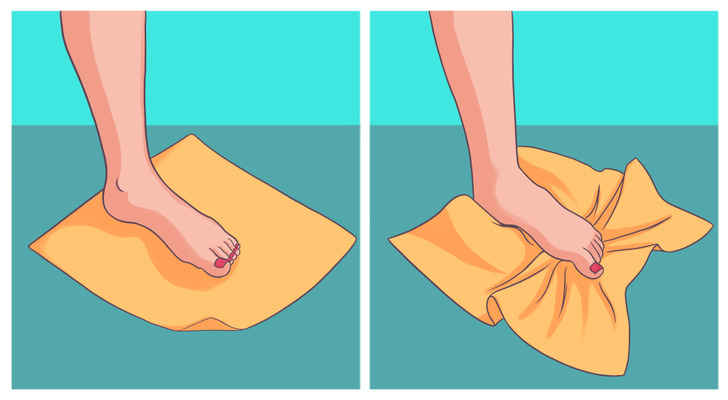
Heel pain is frequently linked to plantar fasciitis and heel spurs. Targeted exercises and proper self-care can significantly alleviate discomfort in this area.
Exercises for Heel Pain Relief
- Calf Stretch:
Stand facing a wall with one foot behind the other. Keep your back leg straight with your heel on the ground and lean into the wall to stretch your calf muscles. This stretch indirectly relaxes the plantar fascia. - Heel Raises:
Slowly raise your heels off the ground, balancing on your toes, then lower them back down. This exercise strengthens the muscles around your heel and improves stability.
Self-Care Strategies for Heel Pain
- Footwear Adjustments:
Look for shoes with excellent arch support and heel cushioning. Orthotic inserts can also be beneficial. - Night Splints:
Wearing a night splint can keep your foot in a flexed position, reducing morning heel pain associated with plantar fasciitis.
Learn more about heel pain treatments by visiting WebMD’s foot pain resource.
5. Addressing Toe Pain: Exercises and Self-Care for Flexible Toes
Toe pain can result from conditions such as bunions, hammertoes, or arthritis. Maintaining flexibility and strength in your toes is key to reducing discomfort.
Toe-Focused Exercises
- Toe Flex and Extend:
Sit with your feet flat on the floor. Lift your toes while keeping your heels down, then lower them back to the floor. This exercise increases flexibility and blood flow. - Toe Spreads with Resistance:
Use a rubber band around your toes and try to spread them apart. The resistance helps strengthen the muscles in your toes, which can be particularly beneficial for managing arthritis symptoms.
Self-Care Practices for Toe Pain
- Proper Sock Selection:
Wear moisture-wicking and well-fitting socks to avoid friction that can aggravate toe conditions. - Foot Soaks:
Soaking your feet in warm water with Epsom salts can reduce inflammation and soothe toe pain.
For further reading on toe care, check out Verywell Health’s foot care tips.
6. Alleviating Ankle Problems: Exercises and Supportive Measures
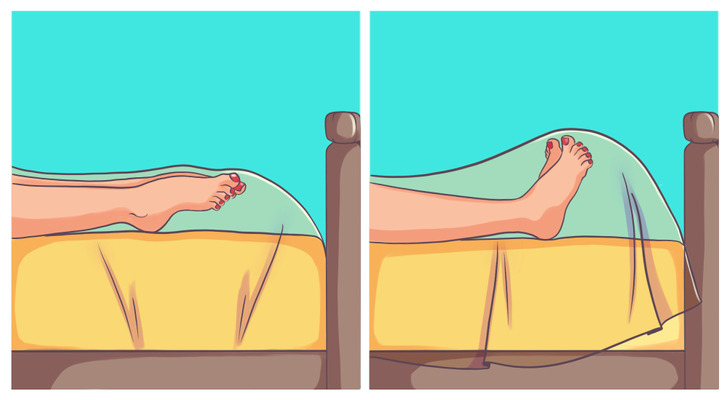
Ankle pain can occur due to sprains, overuse, or arthritis. Strengthening and stretching the muscles around your ankle can improve stability and reduce pain.
Ankle Strengthening Exercises
- Ankle Circles:
Sit comfortably and lift one foot off the ground. Rotate your ankle slowly in circles, first clockwise and then counterclockwise. This helps increase flexibility and reduce stiffness. - Resistance Band Exercises:
Secure a resistance band around a sturdy object and loop it around your foot. Gently pull your foot towards you and then push it away, working on strengthening the muscles surrounding your ankle.
Self-Care Tips for Ankle Pain
- Compression and Elevation:
Using an ankle brace or compression wrap and elevating your leg can help reduce swelling and pain after exercise. - Rest and Ice:
Give your ankle time to heal with rest and apply an ice pack for 15–20 minutes to manage inflammation.
For expert advice on managing ankle pain, refer to Mayo Clinic’s ankle injury guide.
7. Comprehensive Foot Care: 14 Exercises and Self-Care Tips for Overall Foot Health
Now that we’ve covered exercises and self-care tips for specific foot areas, let’s compile a list of 14 comprehensive techniques to soothe aching feet at home. These exercises and tips target every aspect of foot care—from reducing inflammation to improving flexibility and strength.
The 14 Essential Exercises and Self-Care Tips
Towel Curls for Arch Strength:
Strengthen your foot arches by scrunching a towel with your toes.
Marble Pickup for Dexterity:
Improve toe flexibility and muscle strength with this engaging exercise.
Ball Rolling Massage for Metatarsal Relief:
Roll a tennis ball under your foot to relieve tension in the ball area.
Toe Flex and Extend:
Increase toe mobility and circulation with this simple stretch.
Toe Spreading with Resistance:
Use a rubber band to improve toe strength and counteract arthritis.
Calf Stretch for Heel Pain:
Reduce heel and plantar fascia tension by stretching your calf muscles.
Heel Raises for Stability:
Build strength around the heel and improve balance with controlled heel raises.
Ankle Circles for Flexibility:
Improve ankle range of motion and reduce stiffness with circular movements.
Resistance Band Ankle Exercises:
Strengthen ankle muscles by incorporating resistance bands into your routine.
Night Splints for Plantar Fasciitis:
Wear a night splint to keep your foot flexed and reduce morning heel pain.
Supportive Insoles:
Use orthotic inserts in your shoes to provide extra arch and heel support.
Proper Footwear:
Choose shoes with cushioned soles and a wide toe box to minimize pressure.
Foot Soaks with Epsom Salts:
Relax your muscles and reduce inflammation with a warm foot soak.
Ice Therapy and Compression:
Apply ice packs and use compression wraps post-activity to manage pain and swelling.
By incorporating these 14 techniques into your daily routine, you create a comprehensive foot care regimen that addresses every aspect of foot pain—from localized discomfort in the arches, ball, heel, toe, or ankle to overall foot health and stability.
Integrating Foot Care Into Your Lifestyle
Regular foot care is essential not just for pain relief but also for preventing future injuries. Here are some additional lifestyle tips to support your foot health:
Stay Hydrated and Eat a Balanced Diet:
Hydration and proper nutrition contribute to muscle recovery and overall health, reducing inflammation and promoting healing.
Maintain a Healthy Weight:
Reducing excess weight can alleviate unnecessary pressure on your feet, making daily activities more comfortable.
Take Regular Breaks:
If you spend long hours on your feet, take short breaks to sit, stretch, and elevate your legs.
Practice Mindful Movement:
Incorporate foot exercises and stretches into your routine to keep your muscles flexible and strong.
Schedule Regular Check-Ups:
If you experience persistent foot pain, consult a healthcare professional or a podiatrist to address any underlying issues.
For more holistic health tips, visit Harvard Health Publishing and WebMD’s foot care resources.
Conclusion: Step Into a Pain-Free Future
Aching feet don’t have to dictate your pace in life. With these 14 exercises and self-care tips, you now have a robust plan to soothe foot pain at home, enhance your mobility, and improve overall foot health. From targeted exercises that focus on specific areas—such as the arches, ball, heel, toe, and ankle—to comprehensive self-care strategies like proper footwear, stretching, and ice therapy, every step you take is a stride toward a pain-free future.
Remember, consistency is key. Incorporate these exercises into your daily routine, listen to your body, and adjust your approach based on what feels best. As you experience improvements in your foot health, you’ll likely notice a boost in overall well-being and a renewed enthusiasm for an active lifestyle.
Embrace these expert-approved techniques and step confidently into a future where your feet carry you comfortably through every adventure. For additional insights and the latest research on foot care, stay connected with trusted sources like Mayo Clinic and Healthline. Enjoy the journey to healthier, happier feet—because every step counts.
